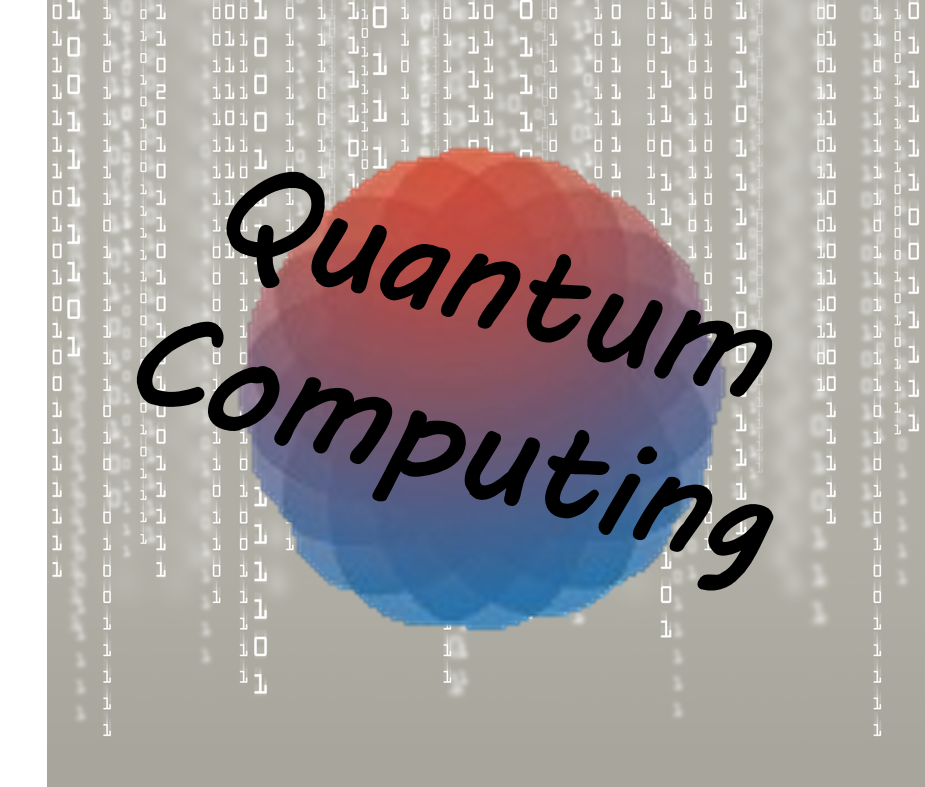Researchers anxiously await the development of a fully programmable quantum computer that can attack some of the universe’s most challenging problems. Quantum computing takes advantage of weird characteristics exhibited by particles and sub-particles at the quantum level. “Weird” might not be a scientific term, but it is a mild description for what happens once Newton’s laws no longer fully apply. Albert Einstein famously called some of these phenomena “spooky” and physicist Erwin Schrödinger noted that if his cat found itself in this weird world it could simultaneously be dead and alive. Neel V. Patel (@n_vpatel) observes that you really can’t get your head around quantum computing unless you accept the reality of these phenomena. “In quantum mechanics,” he writes, “systems can exhibit very peculiar behaviors. Among these is superposition, when a particle is in two places at once, and entanglement, when the behavior of one particle affects the behavior of other, more distant particles. These aren’t phenomena we notice in our day to day lives, which is why we don’t worry about the dog sitting in the cat or either one of them getting into a pantry three states over.”[1] For reasons I’ll discuss below, creating a computer that works at the quantum level has proved elusive. Despite the difficulty and cost of building such a computer, Patel explains that a fully operable quantum computer would “operate at incredible speeds; sift through troves of data in mere seconds. At the core of making this work is transforming the nature of data. Currently, data is encoded in binary digits we call bits, existing simply as either one of two states only. But if you found a way to make bits quantum — that is, exist in multiple states at once — they would instead be quantum bits, or ‘qubits’.”
Unfortunately, qubits have proven to be notoriously fragile. To make them less fragile, researchers normally create them at temperatures just about absolute zero. Shailesh Prasad reports scientists from Finland’s Aalto University “have discovered a new method of heat conduction that is a ten-thousand-fold improvement over earlier attempts. The novel invention forms a necessary step in the creation of super-cooled quantum computing.”[2] Their discovery is discussed in the following video.
Although super-cooling particles can improve their stability, heavy shielding is normally also required because any stray sub-atomic particle bumping into a qubit can create errors. Jennifer Ouellette explains, “There are many proposed methods for building a quantum computer, but most share a common challenge: the quantum information must be shielded from all external noise in the surrounding environment. The slightest bit of interference-a single photon bumping into the atom you’ve used to encode and store your information, for instance-will cause the entire system to ‘decohere,’ such that the all-important superposition that lets your qubit be both 0 and 1 at the same time is lost. That means errors in your calculations.” She reports, however, another team of scientists, this one from the University of Copenhagen, has “successfully created an exotic type of pseudo-particle that is immune to outside interference.”[3] The pseudo-particle, called an “anyon,” is explained in the following video.
Graeme Burton (@graemeburton) reports computer scientists at Massachusetts Institute of Technology (MIT) and the University of Innsbruck in Austria also attacked the stability challenge. Recently, he reports, they were “able to keep a quantum system stable by holding the atoms in an ion trap, where they removed an electron from each atom, thereby charging it. They then held each atom in place with an electric field.”[4] Making qubits stable is one challenge; getting them to function properly is a different challenge. According to Burton, this is where the MIT/University of Innsbruck team of scientists claims to have made another breakthrough. He reports, the team “put together the first five quantum bits (or qubits) of a quantum computer, capable of executing simple mathematical challenges.” He explains:
“The device is being tested on solving mathematical-factoring problems, which could eventually have implications for applications that use factoring as the basis for encryption to keep information, such as credit cards and sensitive data, secure. While the proof of concept has only been applied to the number 15, the researchers claim that theirs is the ‘first scalable implementation’ of quantum computing to solve Shor’s algorithm, a quantum algorithm devised by Morss Professor of Applied Mathematics at MIT Peter Shor. Shor devised a quantum algorithm that can calculate the prime factors of a large number vastly more efficiently than a typical computer.”
Qubits are also prone to magnetic interference. But, Katherine Noyes (@noyesk) reports, “Researchers at Florida State University’s National High Magnetic Field Laboratory (MagLab) have found a way to give qubits the equivalent of a pair of noise-canceling headphones.”[5] She continues:
“The approach relies on what are known as atomic clock transitions. Working with carefully designed tungsten oxide molecules that contained a single magnetic holmium ion, the MagLab team was able to keep a holmium qubit working coherently for 8.4 microseconds — potentially long enough for it to perform useful computational tasks. … By offering exponential performance gains, quantum computers could have enormous implications for cryptography and computational chemistry, among many other fields. MagLab’s new discovery could put all this potential within much closer reach, but don’t get too excited yet — a lot still has to happen. Next, researchers need to take the same or similar molecules and integrate them into devices that allow manipulation and read-out of an individual molecule.”
In another article, Noyes explains that quantum circuitry is another challenge that needs to be overcome. “Realizing [quantum computing’s] potential,” she writes, “depends on the ability to build working quantum circuits.”[6] She continues:
“That’s where the Fredkin gate, also known as a controlled-SWAP gate, comes in. The quantum version of the classic Fredkin gate exchanges two qubits depending on the value of the third. It could be a key component of quantum circuitry, but because of the complexity involved, no one has ever managed to build one in the real world — until now. Whereas the Fredkin gate typically requires a circuit of five logic operations, researchers from Griffith University and the University of Queensland used the quantum entanglement of particles of light to implement the controlled-SWAP operation directly.”
All of these breakthroughs are exciting and inch the world closer to its first universally recognized cognitive computer; but, there is still a lot of work to be done. Isaac Chuang, professor of physics, electrical engineering and computer science at MIT, told Burton, “It might still cost an enormous amount of money to build — you won’t be building a quantum computer and putting it on your desktop any time soon — but now it’s much more an engineering effort, and not a basic physics question.”
Footnotes
[1] Neel V. Patel, “WTF Are Qubits? The Ones and Zeroes of Quantum Computing Are Many Things at Once,” Inverse, 25 March 2016.
[2] Shailesh Prasad, “New Breakthrough Means Huge Leap Forward for Quantum Computing,” Lifeboat Foundation Blog, 2 February 2016.
[3] Jennifer Ouellette, “Physicists Create ‘Pseudo-Particles’ for Error-Free Quantum Computing,” Gizmodo, 9 March 2016.
[4] Graeme Burton, “MIT scientists build world’s first scalable quantum computer,” Computing, 4 March 2016.
[5] Katherine Noyes, “This new discovery could put quantum computers within closer reach,” CIO, 17 March 2016.
[6] Katherine Noyes, “Quantum computing is now a big step closer thanks to a new breakthrough: the Fredkin gate,” PCWorld, 28 March 2016.





